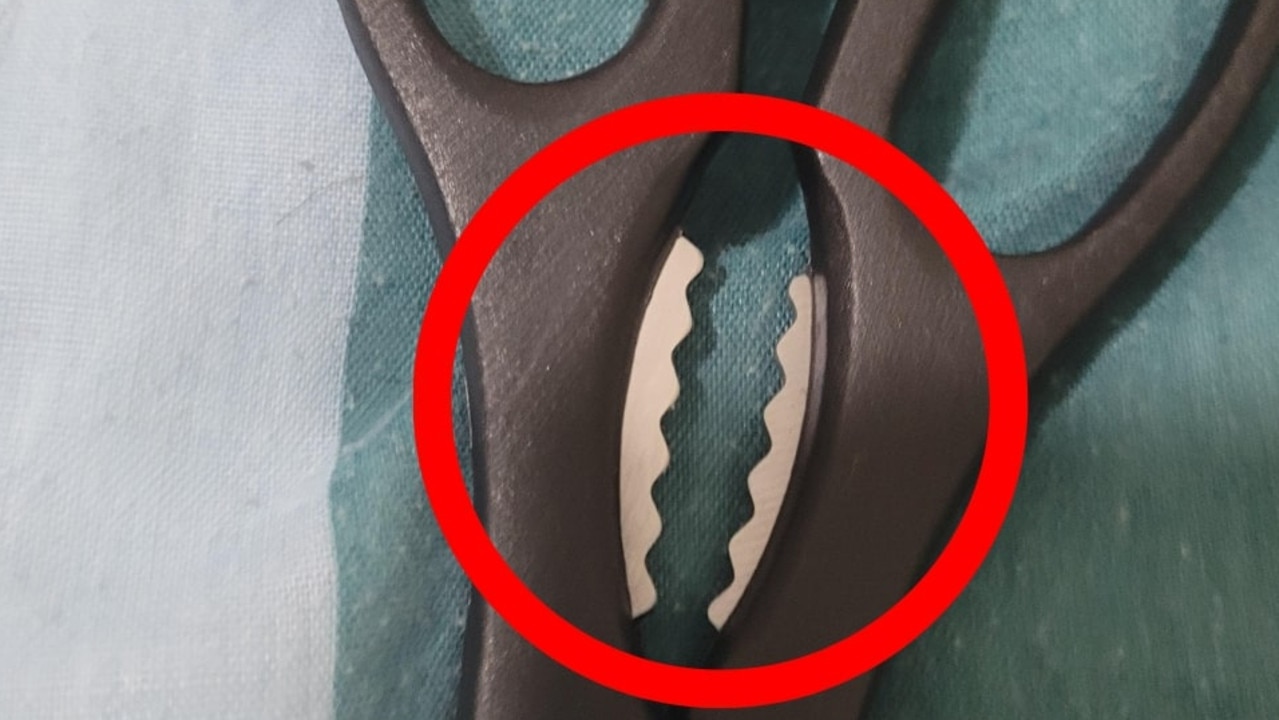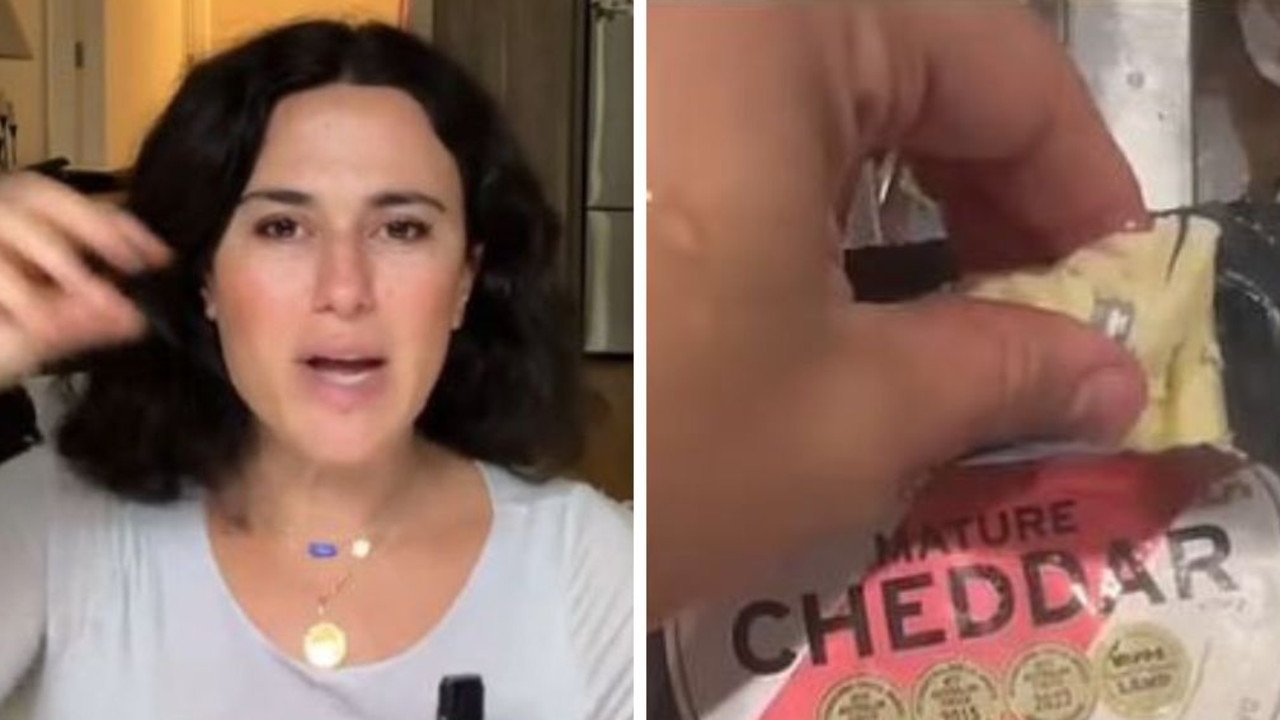‘Could food be turning my child into a hyperactive monster?’
Australian children are being exposed to ingredients that are raising global health red flags, with a doctor revealing a “really scary” fact.

Eat
Don't miss out on the headlines from Eat. Followed categories will be added to My News.
Welcome to Ask Doctor Zac, a weekly column from news.com.au. This week, Dr Zac Turner explores whether or not there’s a link to food and hyperactivity in children.
QUESTION: Dear Dr Zac, I’m really hoping you can help me with this one because I’m at my wits’ end with my five-year-old son. I love him to bits, but lately he’s been a real nightmare to handle. He is so hyperactive. One of my girlfriends from the school drop-off said it could be the food he’s eating — that the chemicals in food these days can have detrimental side-effects on children. Is this true? I’d do anything to have my gorgeous son back to normal. – Toula, 39, Condell Park
ANSWER: Dear Toula, Oh Toula — I hear you. I really do. First of all, bless your honesty (and your stamina). Five-year-olds are energetic at the best of times, but when they start bouncing off walls like a pinball machine on steroids, it’s fair to start questioning everything – including the tiny, rainbow-coloured villains hiding in their lunch box.
Let me be very clear: yes, the chemicals in some of our everyday children’s foods can cause behavioural changes — and in some cases, even pose serious health risks.
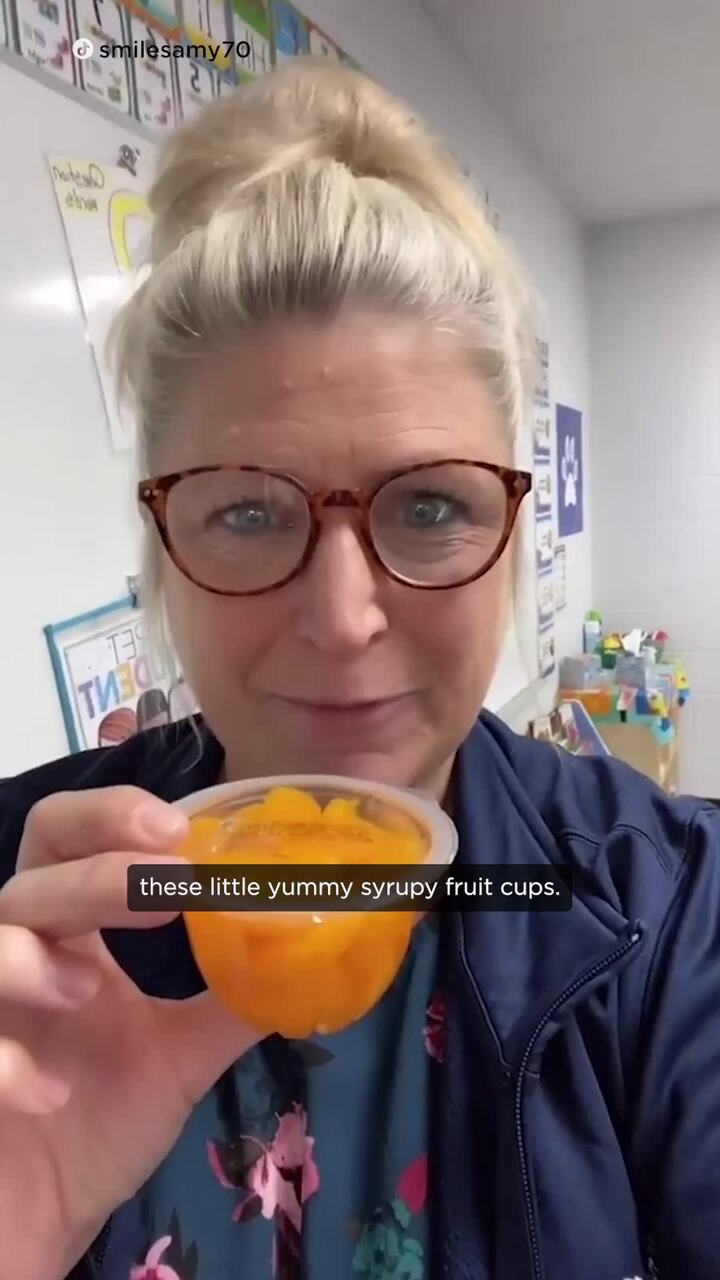
Let’s start with the not-so-sweet truth: many popular Australian snacks for children contain artificial food dyes that have been banned in other countries due to health concerns. Yep — banned. As in, deemed too dangerous for human consumption. But here in Australia? We’re still throwing them in the party bags.
Take Red Dye No. 3 — it’s been linked to thyroid tumours in animal studies and is being banned in the US from 2025. Yet, you’ll still find it on the shelves here, giving glacé cherries and lollies that nuclear red glow kids can’t resist. There’s also Tartrazine (E102) and Sunset Yellow (E110) — both linked to hyperactivity in children and immune responses in sensitive individuals — and still commonly used in our food supply.
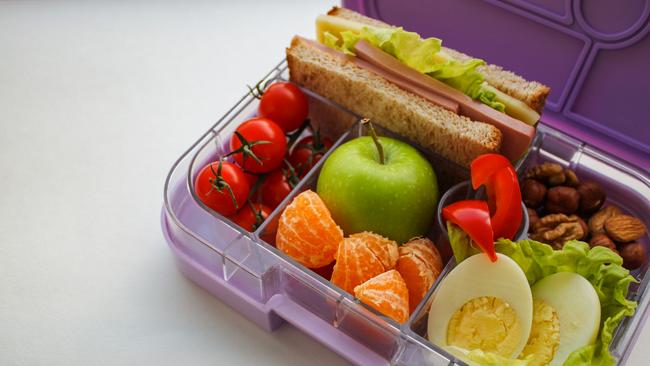
To put it bluntly, our kids are being exposed to ingredients that are raising global health red flags.
The really scary bit? These synthetic dyes don’t just make food look exciting — they can actually impact a child’s neurotransmitters, cross the blood-brain barrier, and affect behaviour and mood regulation. We’re not talking about a sugar high here. We’re talking about chemicals that have the potential to alter how a child’s brain functions.
And let’s not forget — a child’s body is smaller, their brain is developing, and their diet often revolves around colourful, processed treats. That’s a dangerous cocktail.
So yes, Toula — your friend at the school gate may be onto something.
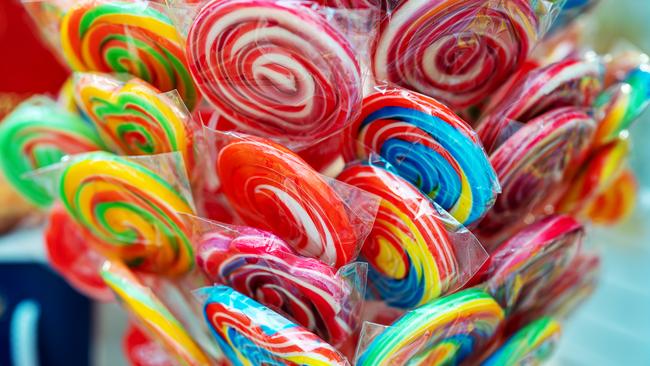
Your son’s hyperactivity may well be related to what he’s eating. It doesn’t mean you’re a bad parent. It means you’re navigating a food landscape that hasn’t kept up with science. And honestly? That makes me mad.
The colour code red: What’s still allowed in Australia — but banned elsewhere
Australia’s food shelves are stacked with colour — but some of those colours come with serious health concerns. These synthetic dyes are still approved for use in Aussie snacks, despite being banned or heavily restricted overseas due to links to hyperactivity, tumour growth, immune reactions, and behavioural issues in children.
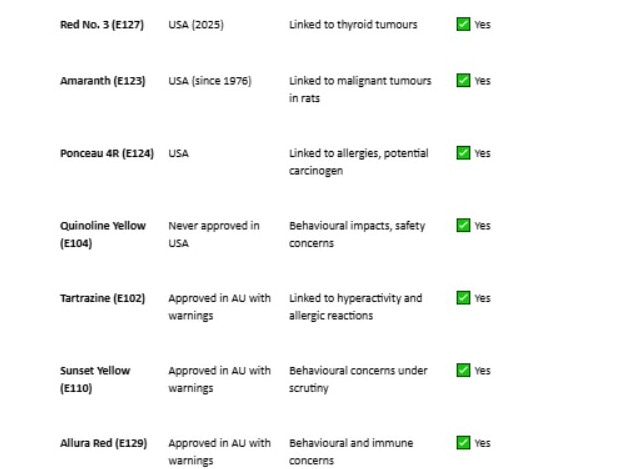
Kids are at greater risk: Their small bodies absorb more dye per kilo, and their developing brains are more vulnerable to chemical disruption.
What can you do to help your son?
Check the labels. Those sneaky E-numbers (like E102, E110, E129) are code for synthetic dyes. Once you know them, you’ll see them everywhere — from yoghurts to cordials to “healthy” snacks.
Switch to naturally coloured foods. Look for brands that use beetroot, turmeric, spirulina — you know, actual food, not petroleum by-products.
Cut back on processed snacks. If it looks like it belongs in an art supply store, it probably doesn’t belong in your pantry.
Support better food regulation. Demand transparency from manufacturers and stronger labelling from regulators. If it’s not good enough for Europe or the US — why is it good enough for our kids?
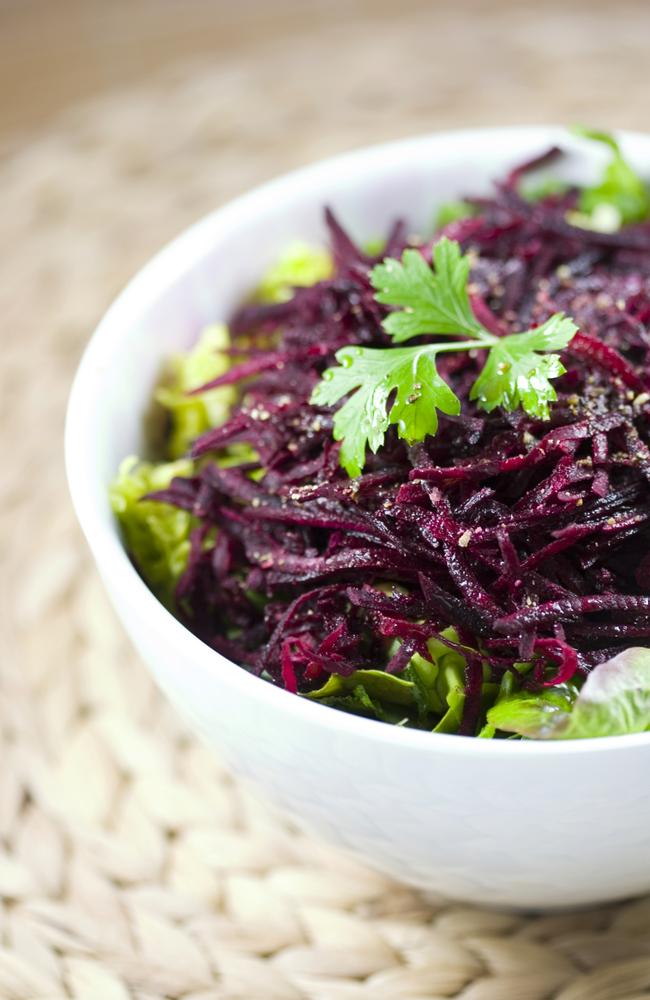
Final word
Artificial food dyes were never about nutrition — they were about marketing. But now that the science is catching up, it’s time our regulations did too.
Toula, you’re not imagining things. If your son seems like a different kid after eating processed snacks, it might be because his food isn’t really food. The good news is, change starts with knowledge — and one less sprinkle-covered meltdown at a time.
You’ve got this.
— Dr Zac
Got a question?
Email askdrzac@drzac.com.au
Follow @DrZacTuner on Instagram
Dr Zac Turner is a medical practitioner specialising in preventative health and wellness. He holds four health and medical degrees, including a Bachelor of Medicine/Bachelor of Surgery from the University of Sydney, a Bachelor of Nursing, and a Bachelor of Biomedical Science. He is a registrar for the Australian College of Rural and Remote Medicine and is completing a PhD in Biomedical Engineering at UNSW. Dr Zac is the Medical Director of Concierge Doctors, a chain of holistic medical clinics across Australia.
Originally published as ‘Could food be turning my child into a hyperactive monster?’




